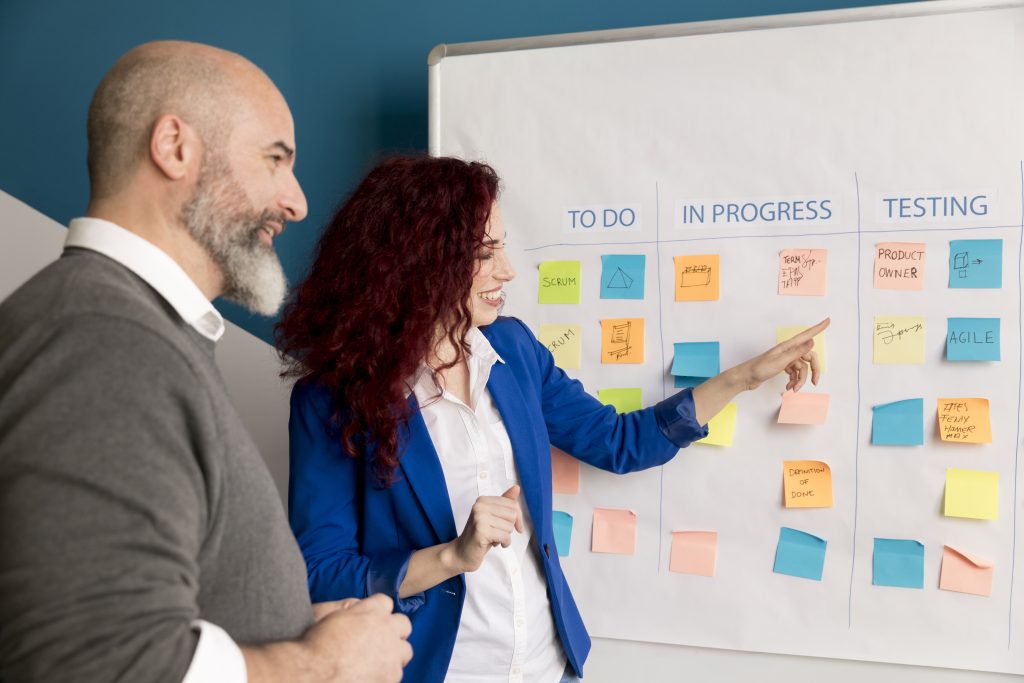Feedback loops in personal projects are essential mechanisms that enable continuous improvement and personal growth. By systematically incorporating feedback, individuals can refine their processes, enhance productivity, and achieve their goals more effectively.

Understanding Feedback Loops in Personal Projects
A feedback loop is a process where the outputs of a system are circled back and used as inputs to improve future performance. In the context of personal projects, this involves collecting feedback on your work, analyzing it, and making necessary adjustments to enhance outcomes. This cyclical process fosters a culture of continuous learning and development.
Types of Feedback Loops
Positive Feedback Loops
Positive feedback loops amplify or increase the output, leading to growth and enhancement in a system. They reinforce a behavior or action, facilitating progress.
Negative Feedback Loops
Negative feedback Cycles stabilize or reduce the output by providing corrective measures. They help maintain balance and prevent excessive deviations in a system.
Implementing Feedback Loops in Personal Projects
1. Set Clear Objectives
Define specific, measurable goals for your project. Clear objectives provide a benchmark against which feedback can be assessed.
2. Gather Feedback Regularly
Solicit feedback from peers, mentors, or through self-assessment at various stages of your project. Regular feedback helps identify areas for improvement promptly.
3. Analyze and Reflect
Evaluate the feedback received to understand its implications. Reflect on how it aligns with your objectives and what changes are necessary.
4. Implement Changes
Incorporate the insights gained from feedback into your project. Make adjustments to your approach, processes, or goals as needed.
5. Monitor Progress
Track the outcomes of the changes implemented. Monitoring progress ensures that the feedback cycle leads to tangible improvements.
Benefits of Feedback Loops in Personal Projects
- Enhanced Learning: It facilitate continuous learning by highlighting areas for improvement.
- Increased Adaptability: They enable individuals to adapt their strategies in response to feedback, leading to better outcomes.
- Improved Decision-Making: Regular feedback informs decision-making processes, making them more data-driven and effective.
- Greater Accountability: Feedback loops promote accountability by encouraging individuals to take responsibility for their progress.
Challenges and Solutions
Challenge: Receiving Negative Feedback
Negative feedback can be discouraging.
Solution: View negative feedback as an opportunity for growth. Focus on the constructive aspects and how they can help you improve.
Challenge: Feedback Overload
Too much feedback can be overwhelming.
Solution: Prioritize feedback based on its relevance and impact on your objectives. Implement changes incrementally to manage the workload effectively.
Conclusion
Incorporating feedback loops in personal projects is a powerful strategy for achieving continuous improvement and personal growth. By systematically gathering, analyzing, and acting on feedback, individuals can enhance their performance, adapt to challenges, and achieve their goals more efficiently.
References
- Filestage. (2024). What is a feedback loop? – 6 feedback loop examples. https://filestage.io/blog/feedback-loops/
- Stuart Tan. (2024). Feedback Loops: Achieving Personal Mastery Through Powerful Practices. https://www.stuarttan.com/feedback-loops-achieving-personal-mastery-through-powerful-practices/
- Ziflow. (2024). Design feedback loops: Examples and best practices for creatives. https://www.ziflow.com/blog/design-feedback-loop-examples






